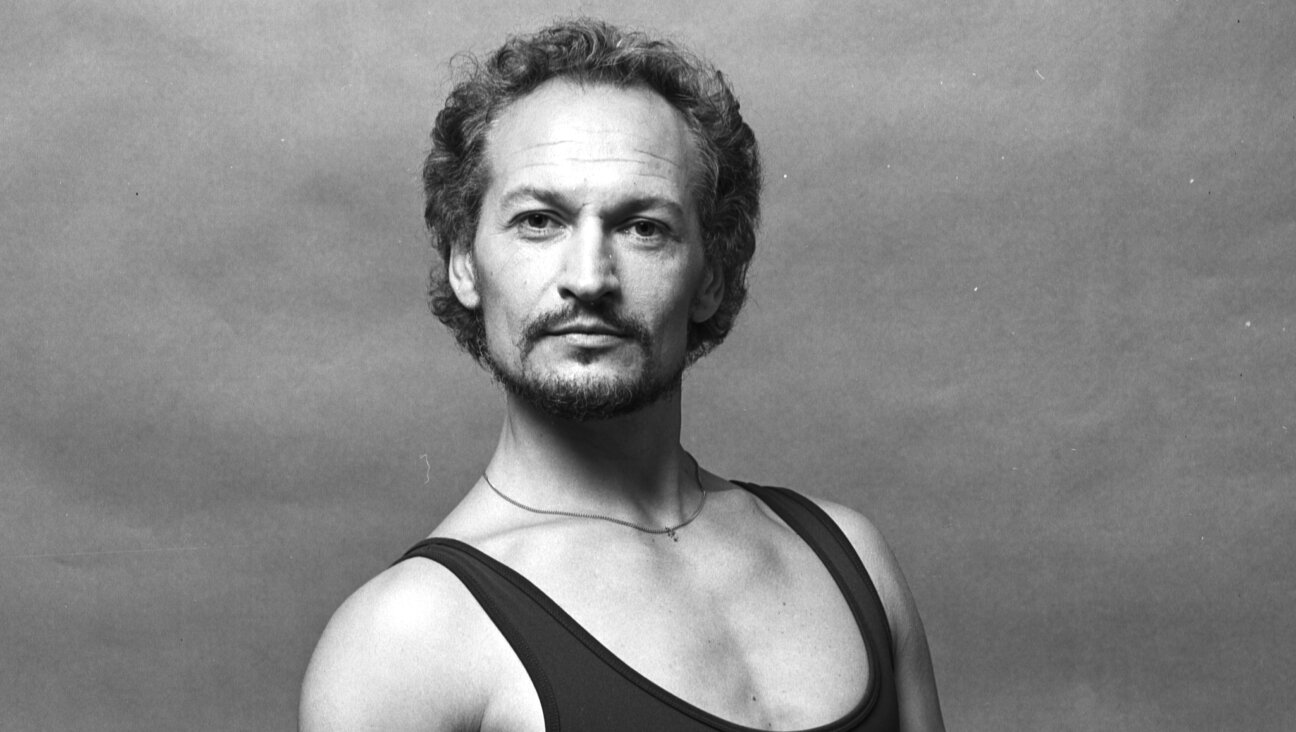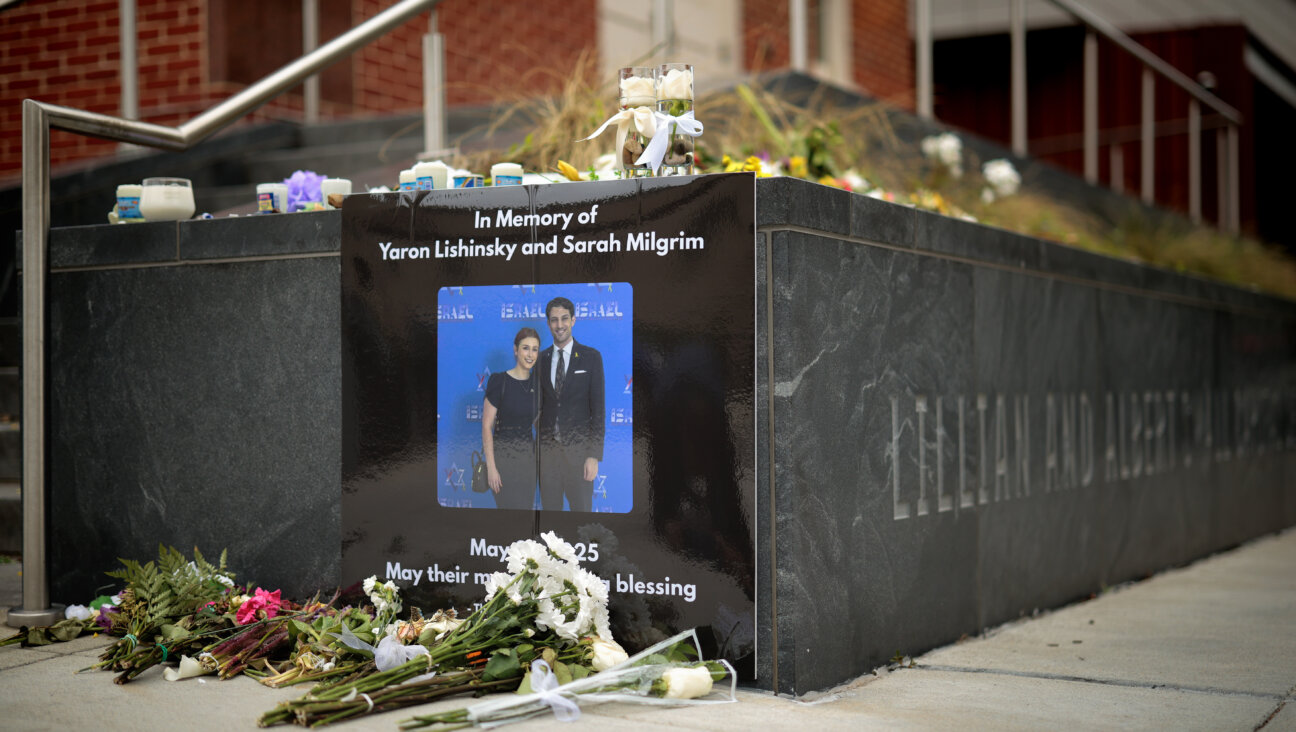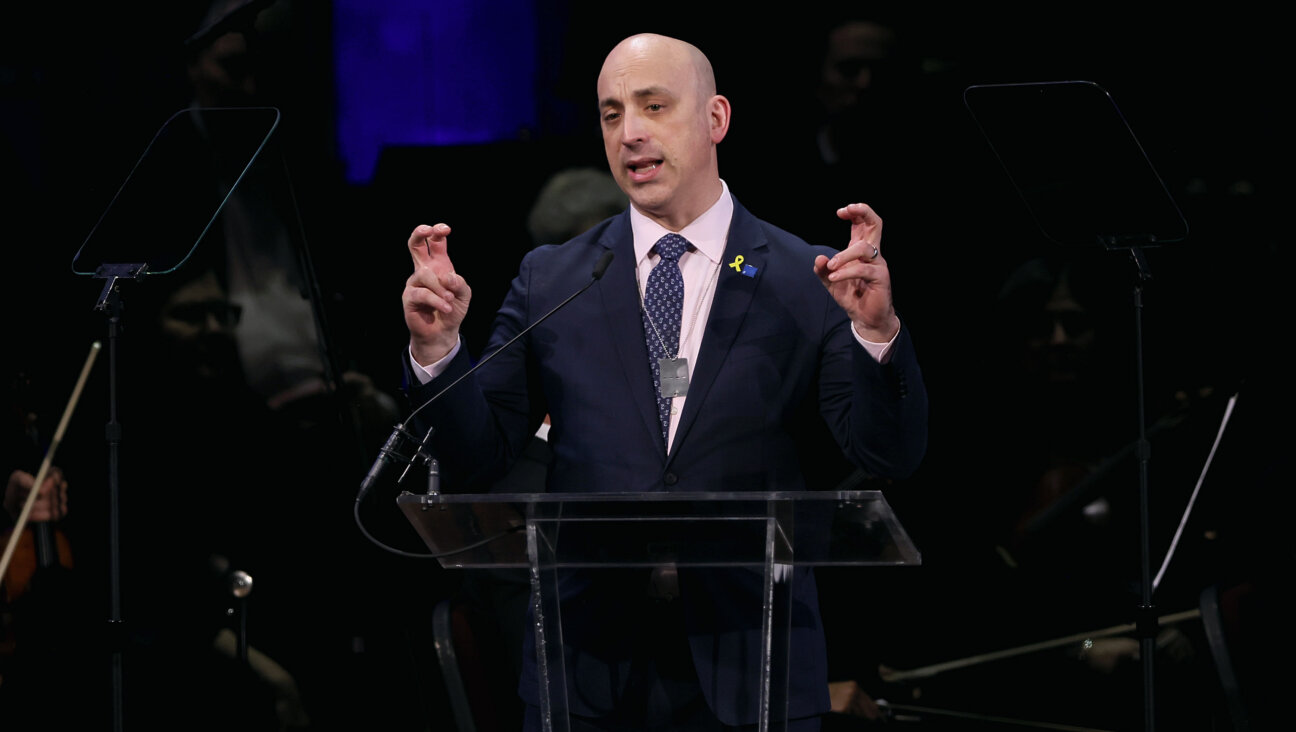A Cleveland Son’s Debt to Anny Katan and Sigmund Freud

The influence of Anxieties: Anna Freud with her father, Sigmund. Image by getty images
Anny Katan learned psychoanalysis at Sigmund Freud’s knee — on his lap, in fact!
“I grew up often literally sitting on Freud’s lap when I was very little,” Katan explained in a 1986 interview, reminiscing about her childhood in Vienna.

The influence of Anxieties: Anna Freud with her father, Sigmund. Image by getty images
Her personal history, intertwined as it was with the origins of psychoanalysis and with the Holocaust, transpired on a world stage. In my own personal history there was no sitting on Freud’s lap and no Nazis; there was, however, Anny Katan. Today, a photograph of her kindly old face looks uncannily familiar to me, as does that of Elizabeth Daunton, another child analyst recruited to Cleveland from Anna Freud’s Hampstead clinic in London.
I saw those women regularly around Hanna Perkins, the “therapeutic nursery school” and kindergarten in Cleveland, in which my mother enrolled me after my father died in 1974. The school, housed at that time on Cornell Road not far from where my father lay buried, was in many ways my first experience of the world outside my family. It was an ordered world, an empathic world, a rational, kind, well-lit world of “home-like warmth,” as one of Hanna Perkins’s longtime directors, Robert Furman, put it. It was a world that Anny Katan more or less created out of thin air for children like me.
Dr. Anny, as she was known around Hanna Perkins, brought an aura of rational calm wherever she went, it seems; the storms that had shaken her life in Europe had failed to disturb that aura, or perhaps had necessitated it. Once, when my brother was 3 years old and heard thunder outside the Hanna Perkins building, he became afraid and didn’t want to go outside. At that moment, he and my mother happened to be standing next to Anny Katan. Katan overheard them talking about thunder and offered a different perspective: “Actually,” she said, “I like storms.”
Apparently she did. “In the winter of 1950,” a colleague remembered, “an enormous snow fall buried the city of Cleveland and brought commuting to a standstill. However, Dr. Anny skied down Fairmount Hill to her university office and managed ‘business as usual.’” True to her Austrian origins, she’d always liked to ski and mountain climb. In 1906 or 1907 when she was 8 years old, she fearlessly climbed onto the roof of a chalet during a vacation in the Alps with the Freuds. Afraid she would fall, Sigmund Freud begged her father to get her down.
In Vienna, Freud had often visited Katan’s house on Saturday nights to play cards with her father Ludwig Rosenberg and her uncles, one of whom, Oskar Rie, was the Freuds’ pediatrician. One of Katan’s earliest memories was of her father, also a pediatrician, coming home in a fury over the jeers his friend Freud had received while lecturing on hysteria at the Vienna Society of Physicians. Freud made a mark on Katan, both personally and intellectually. By 1914, when Katan was 16, she’d read everything Freud had written up to that point. She knew even then she wanted to help troubled children, well before Anna Freud had begun her pioneering work in that area.
Anna Freud was familiar to Katan from family vacations with the Freuds, but because Freud’s daughter was older, they weren’t particularly close. That changed in 1927, when Katan, who had received her doctor of medicine from the University of Vienna in 1923, began studying child analysis with Anna Freud at the Vienna Psychoanalytic Institute. The two women became lifelong friends, vacationing together in England every summer and corresponding until the end of their lives. “My anemia sends greetings to your arthritis,” Anna Freud wrote to Katan in October 1978, when Katan was 80 and Freud 82.
But Katan’s path would diverge from Anna Freud’s in a number of ways. The Freuds got out of Europe after a brush with the Nazis in 1938, but Katan spent the war years on the Continent, despite the terrible risks of doing so as a Jew. As a young woman living in Vienna in the 1930s, she joined the resistance against the pre-Anschluss fascist government of Austria, an act that supposedly caused Freud to remark, “Wherever Anny is, the revolution will begin.” During that decade, she married a Vienna lawyer, had a child named Klaus, divorced her first husband, and married a Dutch Jew and psychoanalyst named Maurits Katan. She moved to Holland with him sometime before 1938, when the Nazis annexed Austria. Afterward, Katan risked her life by taking a train through Nazi Germany and into Austria in order to retrieve her mother and sister. She made notes concerning friends and colleagues in Vienna by writing on her fingernails and concealing the marks inside her gloves on the return trip. In Holland, she lived under false papers while her husband and son dwelled in hiding. From this precarious position of safety, she worked to save others’ lives by helping them acquire American visas.
Anny Katan, it seemed, could always feel her way toward the normal, even amidst chaos and calamity. During the war, she and Maurits Katan wrote her friend Anna Freud in England about the prospect of their conceiving a child. They wondered if they should spare the potential child the horrors of the situation into which he or she would be born. In June 1938, Anna Freud answered with a quotation from Sigmund Freud’s mother, her “life-loving Grandmother Freud”: “To be spared is not to live.” Anna added, “Perhaps your son or daughter, about whom you are now thinking, would say the same.” In the next year and a half it seems a child was born — presumably the Katans’ daughter Annemarie. On seeing a picture, Anna Freud wrote to them in December 1939, “I believe one has to be just so young in order to look so good, healthy, and unconcerned in today’s world. That’s just why it is necessary for children to come into this world at all times.”
Having bravely forged ahead in the roles of wife and mother despite the war and the demands of her professional life, she inspired many younger women in her field. Erna Furman, a child analyst from Vienna, and a survivor of the Terezin concentration camp, said of her mentor Katan that she was “the first analyst who really was a woman, cared about how she looked and dressed, was married, had a family, and obviously knew how to have fun in life.”
In 1946, Anna Freud recommended the Katans to the medical faculty at Case Western Reserve University in Cleveland. Within a few years of her arrival, Anny Katan established the therapeutic nursery school that would become Hanna Perkins. As Erna Furman recounted, Katan fostered “a personal and working atmosphere of live and let live” and emphasized an undoctrinaire, team-oriented, practical approach to meeting children’s needs and solving their troubles, as she had done before in Holland. When an indigent Dutch family had come to her from far away for help, she recognized the difficulties of treating the child directly and worked with the mother instead.
Her willingness to pivot away from others’ orthodoxies as practical concerns required led to a new approach of “treatment-via-the-parent” and to the first training of lay psychoanalysts in the United States. She determined that the long training required by the American Psychoanalytic Association to become an analyst — which entailed obtaining a doctor of medicine and completing a psychiatry residency and analytic training an M.D., a psychiatry residency, and an analytic training — was creating a shortage of child analysts. In order to serve the children of Cleveland, she bypassed the American Psychoanalytic Association’s ban on non-physician analysts.
“I knew I was doing this against the American Psychoanalytical Society, who absolutely, at that time, said no; only M.D.s could be trained,” Katan told Robert Furman in 1986. “So, I told them after I had started the course, because I knew they would not give permission anyway, you see, so I told them it was just a trial to see how it would go. Well, they told me I would be thrown out of the Analytical Society, but I was never thrown out. They thought better of it. They elected to ignore me completely, which was fine by me.”
It was Katan’s decision to train laypersons as child analysts that enabled my grandmother Eleanor Weisberger to become one of the first cadre of child analysts in Cleveland and in the country at large. It also enabled my aunt to follow in her mother’s footsteps and become a child analyst, and my mother to become a social worker versed in Anny Katan’s pragmatic, psychodynamically informed style of help for parents and children. My grandmother regularly attended Katan’s Monday night meetings, where cases were presented in the Katans’ living room after the manner of those early, informal meetings of Freud’s in Vienna, which had begun in 1902. The Katans’ living room, recalled one of Katan’s former students, sat about 30 people in an assortment of soft, comfy chairs and was usually stocked with chocolates and coffee.
Thus, when my father died, even before I entered Katan’s therapeutic nursery school, I was surrounded by women who had in many ways modeled themselves after Anny Katan. Since these strong, kind, professional women — my grandmother, mother and aunts — were the first women I ever knew, I found myself at first bewildered by feminism. The women in my family were not peripheral or silent supporters of the men, but rather respected mainstays of the family and the community.
They brought something into my life that they’d borrowed from Freud’s old science in its best form — that is, they did for me what Epictetus said we ought to do: “to call in reason like a good physician as a help in misfortune.” And they had perhaps emulated another aspect of Freud, one that’s not universally grasped by the larger American psychoanalytic community: a certain orderly compassion, and a manner of discharging it that could only be described by an old Yiddish word — haimish.
Austin Ratner is the author of “The Jump Artist” and “In the Land of the Living.”






















